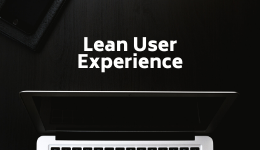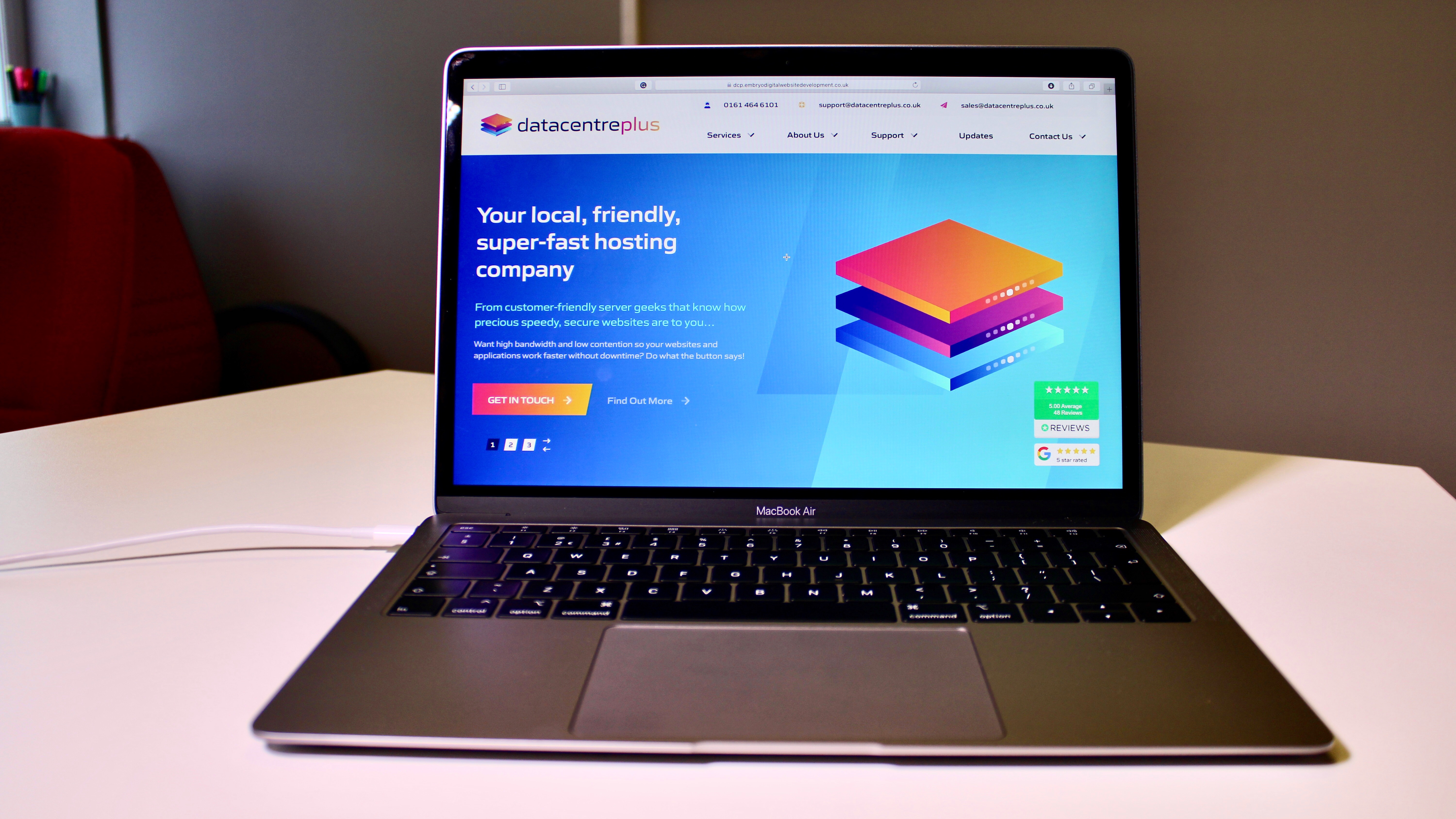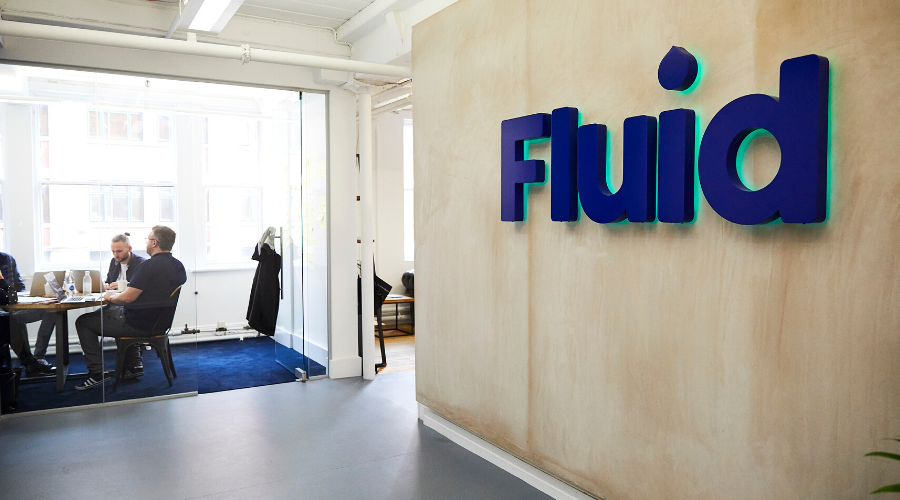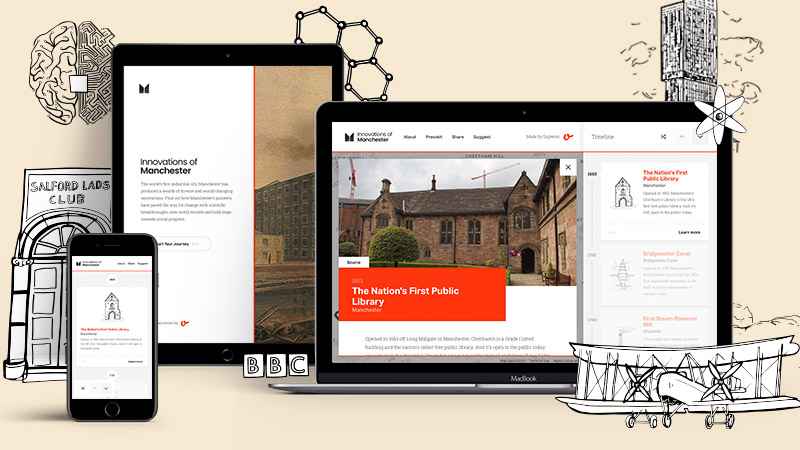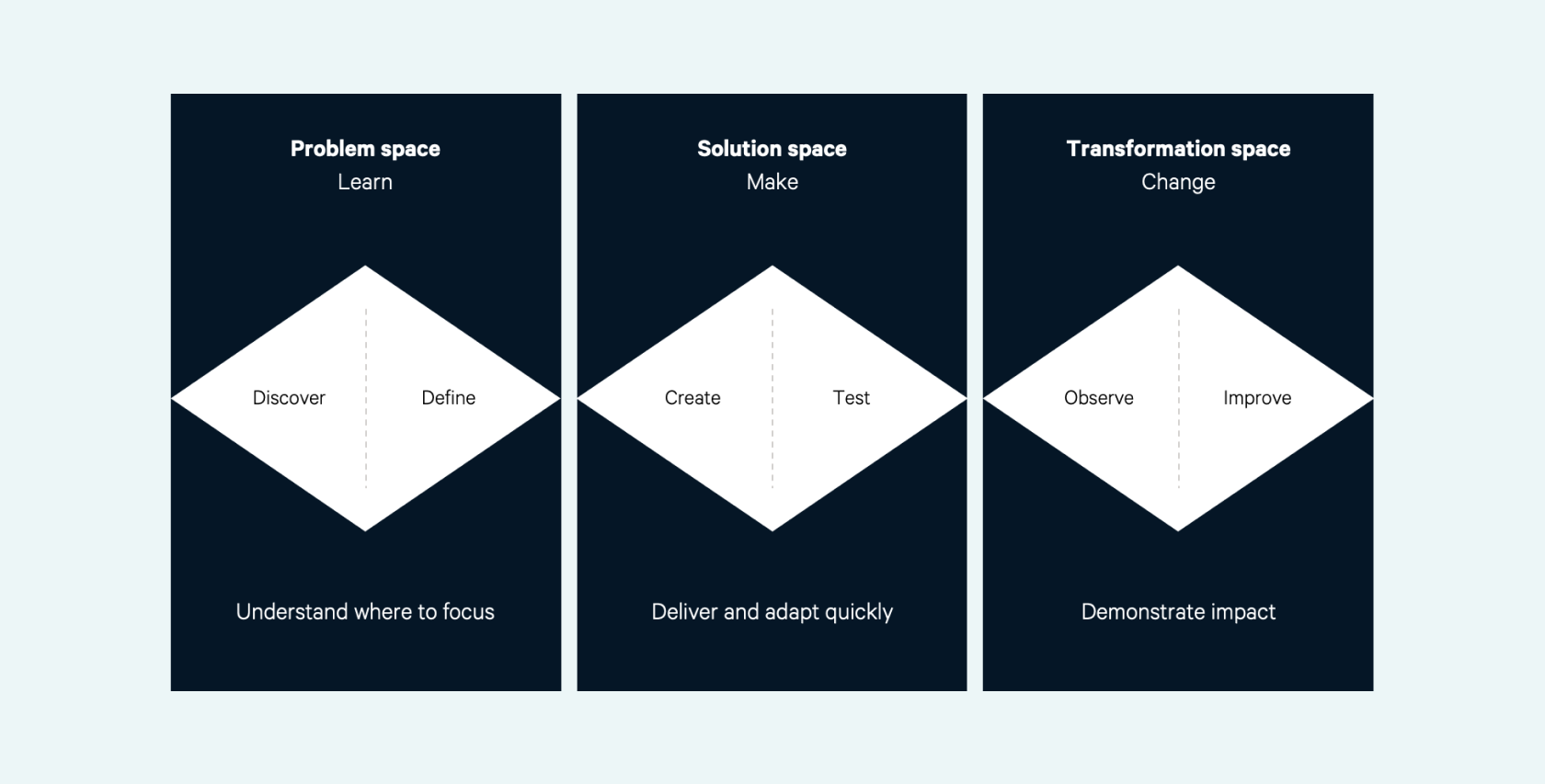
No one really knows what digital transformation means, but everyone wants a piece of the outcomes it promises.
Digital transformation is the process by which companies embed technologies across their businesses to drive fundamental change.
Accenture
Now we have a definition, digital transformation is a process that uses technology to drive change in the way an organisation operates. To go deeper, let’s break digital transformation down into two key concepts:
1. Digitisation: the process of converting from analogue to digital. In the past, lots of organisations kept records on paper and business data was in analogue form. If people needed to share information it was papers, binders and faxes. So introduce the computer, convert all that ink to computer files (e.g. scanning a photo and storing it on a computer) and record how the process moves through the organisation.
2. Digitalisation: the use of digital technologies to change the organisation’s ways of working. It goes beyond a project and aims to influence wider ways of working to achieve simpler and more efficient processes. Digitalisation isn’t about changing how you do business, it’s about improving speed within your processes.
Organisations embark on a digital transformation hoping to:
- Reduce costs in manual processes
- Increase efficiency by standardising processes
- Make future adaptation easier
- Enable data-driven decision-making
- Improve the employee experience
This all sounds great – what organisation wouldn’t want to digitally transform with outcomes like these on offer?
So, what’s the problem?
Digital transformation takes a customer-driven, digital-first approach to all aspects of an organisation. This includes its business models, customer experiences, processes and operations.
The name
Leading with digital means that teams often focus on replacing or introducing technology to improve processes without thinking about the human layer.
A digital transformation project at the BBC set out to modernise production operations, change how they manage data and provide content to audiences, as well as reduce costs. Consultancy firm PwC conducted a review of how the project was managed and found there was a lack of oversight from the leadership team, alongside an inability of the overall governance structure to manage the project’s complexity effectively.
The report also noted that while technological advancement was prioritised, improving business practices and operations didn’t receive the same focus. This demonstrates that focusing on the digital change and not the wider impact of culture can cause a transformation to fail.
Budgets, time and ownership
Digital transformation projects are often run by IT departments or CTOs who are provided with a fixed budget to be delivered at a set time.
This presents a few problems. Not having enough money to develop the solution to actually deliver change means that technologies are usually swapped rather than improved – resulting in no real change.
Having a specific date for delivery can cause teams to rush and skip key functionality which can lead to the new system doing less than the old one – resulting in a loss of staff trust. And when a transformation project is owned by a specific discipline, it means that it will sometimes struggle to consider the impact of the wider organisation – resulting in the transformation delivering on a siloed objective.
In 1996, Hershey needed a more powerful ERP system to replace its patchwork of legacy IT systems. Changing over the systems was expected to cost $112m to roll out. The transition to a new system was estimated to last 48 months but Hershey’s leadership reduced the timeline to just 30 months.
To hit the shorter timeline, they had to cut down on their processes and ship as quickly as possible. This resulted in over $100m worth of orders left unfulfilled despite Hershey having the inventory. This decreased the quarterly revenues by 19% and the company’s stock dropped by 8%.
Digitisation only
Technology can be used to replace manual processes, but that inherently means that the job responsibilities, processes and team structures will all require some element of change.
When you only focus on digitisation, the transformation is really just a digital overlay of an existing process.
HM Passport Office (HMPO) serves over 8 million customers annually as the sole provider of UK passports to British citizens. Its transformation journey had a highly linear, manual, one size fits all process involving the handling of large volumes of paper and turning it into a modern, digital process. The ambition was for over 90% of applications to be fully digital by 2020 and automated supplemented by extensive use of data analytics. This would result in HMPO having the facility to issue some passports without human intervention.
This digital journey is still being worked on and enhanced, especially with the current demand for passports. However, due to all the different types of users in the UK, they are still not able to fully turn off the manual process and still have the facility to apply for a passport via the post office (particularly for more complex cases).
Think about transformation differently
To effectively transform, organisations must focus on a more human-centered and experimental approach to making change.
Questions like these are key:
- How will the people using the system need to reorganise?
- How do the skills of people match what is needed for this transformation?
- What kinds of people do we need to enable this to work in the future?
Enter Service Design
Service design helps any transformation because it starts with research to understand the problem. The research covers both the inside of an organisation, (team structures, processes, tooling, leadership and vision) and the outside (the customer experience and wider real-world context).
 Service Lens and Produce Lens
Service Lens and Produce Lens
This allows us to understand how a company operates internally and what systems they use to deliver a customer experience, which is usually represented in a service blueprint.
 Service Blueprint
Service BlueprintCreating this kind of artefact helps to identify what is going on within the organisation, the challenges, inconsistencies and duplications of effort, whilst also identifying problems in the experience for customers. Using all these frustrations we can pull out opportunities across multiple areas of the organisation (not just technologies).
Human-centered
Service design puts users at the heart of the change by conducting research methods such as interviews and contextual observation to understand their needs as well as frustrations in the organisation. It also helps staff members feel involved because you are understanding the world from their perspective, which is a huge step towards making any change effective when resistance is often the norm.
Looking from top to bottom
Assessing the effectiveness of an organisation from multiple angles helps to find the root cause of challenges. At Code, we do this using our Service Framework to set out clear research objectives and an analysis framework.
 Service Framework
Service FrameworkLooking at the organisation through these different lenses helps us to identify the change required from a top-down and bottom-up perspective. This then allows the organisation to deliver products and services in the middle (notice how technology is only one part of the change).
Lean approach
Service design at Code follows our Product Thinking approach of learning just enough to make the next decision, making a change and observing the outcome. To do this we have extended the double diamond, so that we actively consider change and how to measure the impact.
 The Triple Diamond
The Triple DiamondWorking in this way allows us to have a long-term vision, and deliver change as smaller experiments so that we can adapt based on the impact we see. It’s all part of the agile way of working.
Digital transformation ≠ Organisational Change
Powered by Service Design
Organisational change means we consider the whole of an organisation rather than one small part to create change. We do this using our well-established practices from a background of product thinking:
- A Design Thinking approach to problem-solving that focuses on user needs and testing ideas because change is complex and full of uncertainty.
- Lean and Agile iterative approaches with continual improvement, because change is non-linear and requires a continual focus to improve.
- Human-centered collaborative, empowering and co-created because change is emotive and subject to resistance.
We believe in Change over Transformation because the approach allows you to see the impact of change faster and adapt to the outcome.
 Transformation vs Change
Transformation vs ChangeAll this is powered by creating a new mindset within the organisation that reduces resistance to change. It’s about creating a culture that embodies the following principles to enable the organisation to move forward in the future:
- Empower people and teams – Autonomy, openness, collaboration and servant leadership
- Think and work visually – Our work and progress are always visible to our team and stakeholders
- Adapt and iterate – Respond to changing needs and constantly prioritise our work based on insights
- Starts with outcomes – Understand our customer/business value stream and focus on reducing ‘waste’
- Learn continually – Reflection, experimentation, continuous improvement and marginal gains
. . .
Looking for support with your next digital initiative or programme of change? Let’s talk.


